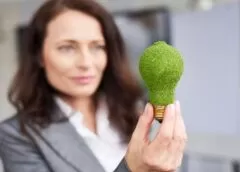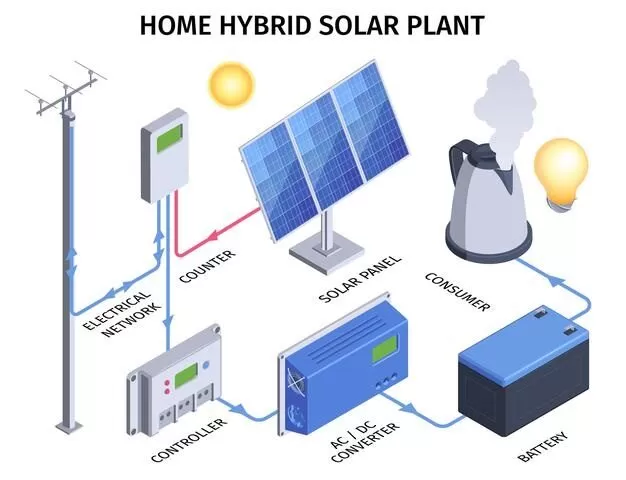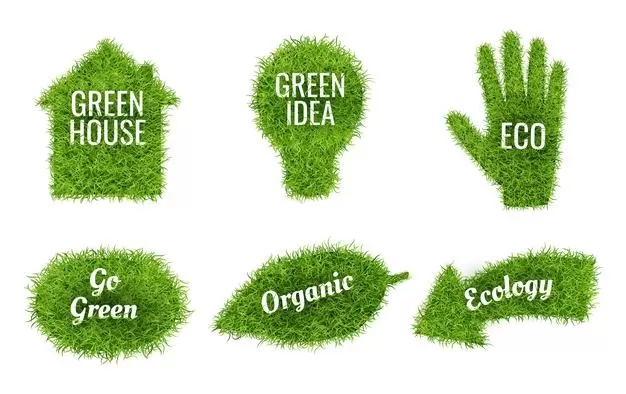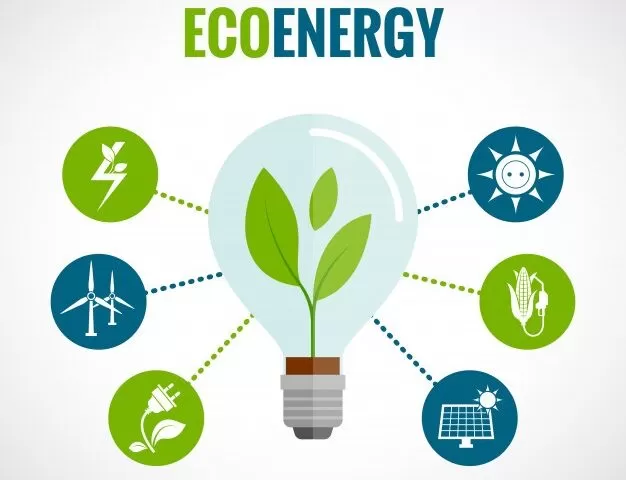Have you considered going green in your home but were at a loss on how to start? Do you think it costs a fortune to invest in green energy? Move your home into the future by applying the great tips within this article.
Recycling is one of the easiest tasks that can make a greener home. Some towns automatically include costs for recycling in their garbage collection, so look into this! If not, certain states, including Michigan, will pay consumers to return bottles after use. Recycling is one of the best ways to cut energy costs!
Use curtains to assist you in keeping green. If it is summer and you want the room to stay cool, draw the curtains during the day so that the sun doesn’t shine in. If it’s winter, and you want the room to stay warm, open the curtains and let the sun into your room.
If your property has a small stream running through it, you can install a micro hydropower system. These systems divert a small amount of the water through a turbine or wheel, providing energy that can be used to light and heat your home. If the flow is strong enough, you can power multiple homes on one of these systems.
To save energy at home, plug your electronics, including televisions and DVD players, into power strips and when you are not using them, turn off the power strips. You will be preserving energy by doing this, but you will also be saving money on your electricity bill.
Opt for solar lights instead of regular lighting when installing lights for outdoor use. This helps save on your energy costs, and they are very aesthetic as well. Solar lights are becoming increasingly popular, and they are a wonderful option for lighting the patio, garden, sidewalks, garage, and many other places.
To live a greener, purchase power strips for your home. In areas with multiple electronics, you can utilize these power strips as a central hub where you may shut off all power to these electronic devices when they are not in use. For example, if you have a home office, by plugging in your computer, printer, wireless router, and desk lamp into a power strip, you can turn them all off with the flip of a single switch when you are finished with your day’s work.
Think about installing natural gas in your home instead of other sources of power. Methane is the same fuel produced by cows and in landfills and is one of the cleanest burning gasses available. It is a very green choice when deciding on your energy needs.
Change how you use your electronics to make them more energy-efficient and kind to the environment. Batteries on electronics are designed to be used. To keep your battery healthy, you have to exercise it using your electronics not plugged in. It is better for the device and keeping it plugged in after fully charging only wastes electricity.
Take the time to evaluate your watt usage. Devices like Watt Minder and Kill-A-Watt can help you determine the highest energy-usage culprits in your home. You can plug various devices into these devices and see how much energy that item uses for periods, including a hour, a month, and even a year. You can get a real idea of what your appliance is costing you and the environment.
Replace your light bulbs with eco-friendly bulbs. These light bulbs will last longer, burn brighter, and use less power. The only downside is that they are more expensive than regular light bulbs. However, you will get your money back when your energy bills start decreasing, and you won’t have to buy new light bulbs constantly.
Use a microwave as often as you can to save energy at home. Any time you use the oven or stove, you’re using energy. Any time you could perform a task in the microwave without altering the results, such as boiling water, do so. You can conserve a significant amount of energy this way.
Seal any air leaks in your home. Air leakage or infiltration typically occurs when the outside air enters your house uncontrollably via openings and cracks. You can properly seal these openings and cracks via sealant or weatherstripping. This greatly reduces cooling and heating costs, betters your building’s durability, and helps you maintain a healthier home environment.
Some energy can be saved by using less water. One way to cut down on water use is to install a toilet that uses minimum water with each flush. Many people pay for their water usage, so this type of toilet will also save money on your water utility bills.
Since heating accounts for the largest portion of any home’s energy usage, this should be the first system you target when trying to improve your home’s energy efficiency. Look for leaks or insulation issues, place restrictions on thermostat usage and bring in a heating professional to assess the efficiency of your furnace.
Keep your refrigerator and freezer set to the optimum temperatures. These appliances are two of the biggest energy wasters in the modern home. Be sure the temperature in your refrigerator is set between 38-42 degrees (F) and in your freezer to 0-5 degrees (F). Anything lower, and you are burning energy unnecessarily.
Your journey toward greener living can begin with large home improvements or something as simple as switching to more energy-efficient light bulbs. When you take the time out to do a few projects around the house yourself to live in a more green environment, you can save much money. Pick a mini-project and get started right away.
Conclusion:
What steps should you take to help you take advantage of green energy at home? The information here shows you where to start, so it’s all up to you now. Once you start, you’ll be amazed by the results!




